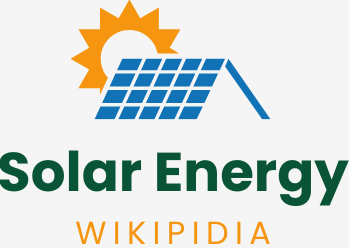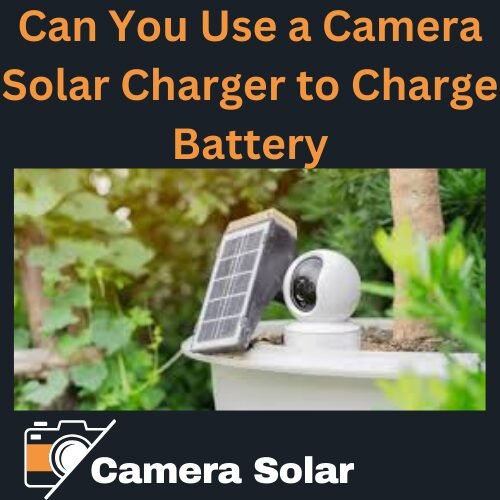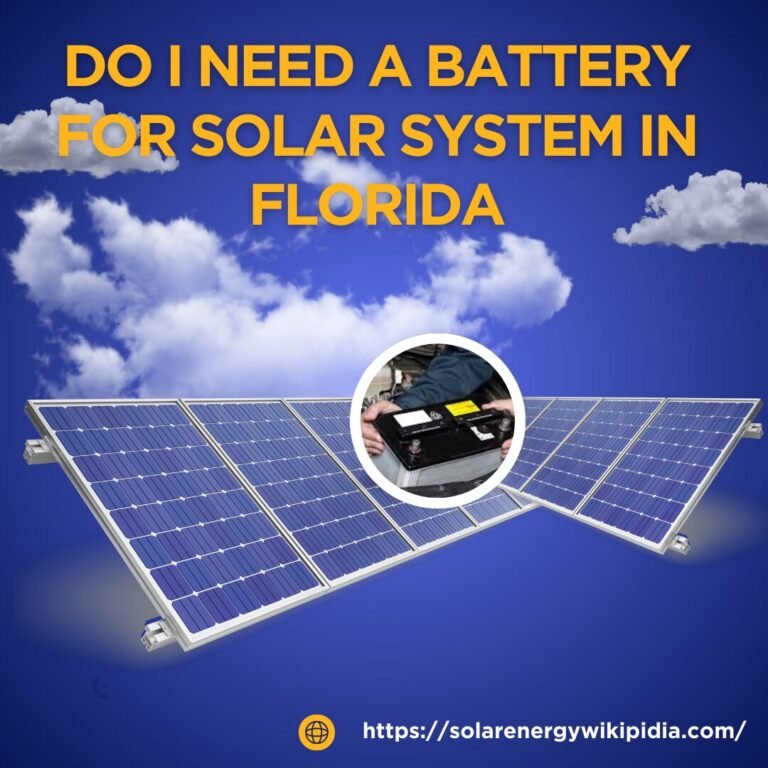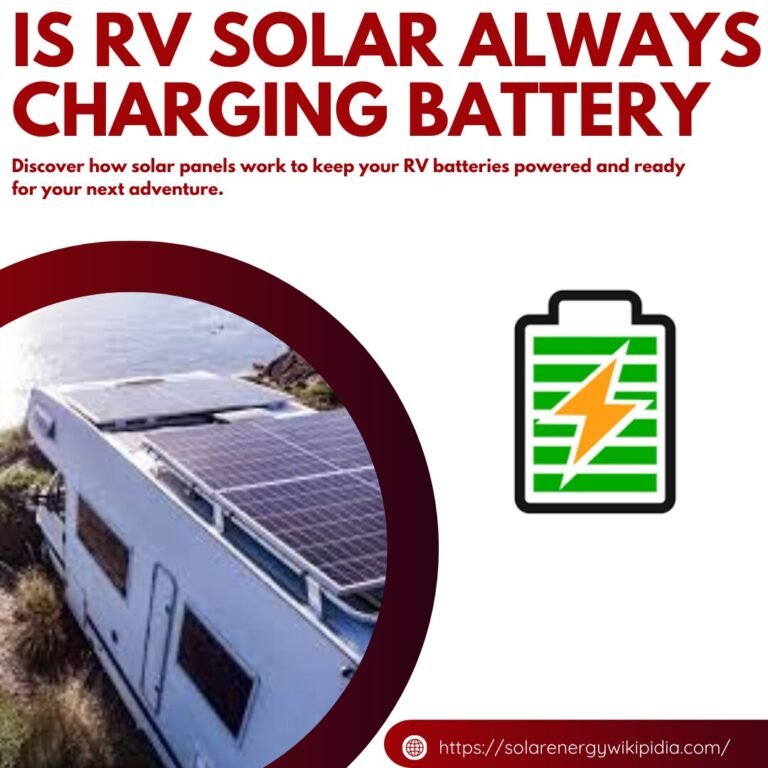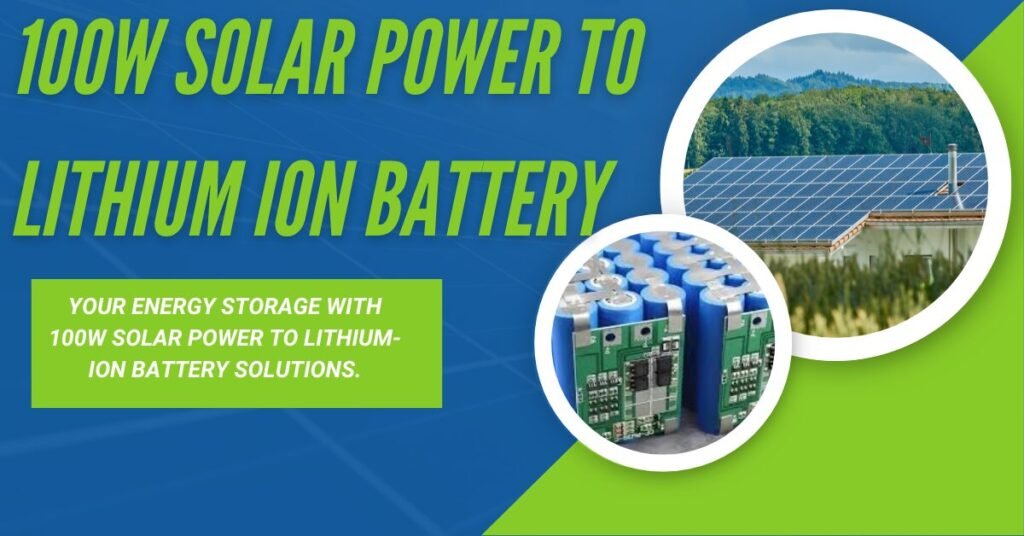
Your energy storage with 100W solar power to lithium-ion battery solutions.
Are you tired of being tethered to the power grid during outdoor adventures? Imagine setting up camp and having reliable power for your devices without worrying about running out of battery. Your phone is at 10%, your camera needs charging, and the portable fan just died in the summer heat. Setting up a 100W solar panel with lithium-ion batteries could be your gateway to energy independence. This simple yet powerful combination can keep your essential devices running when you are far from traditional power sources.
Table of Contents
Best Practices for Charging a Lithium-Ion Battery with 100W Solar Power
Charging a lithium-ion battery with solar power requires attention to temperature conditions. Never charge the battery when temperatures drop below freezing as this can damage the cells permanently. It is best to position your solar setup in a shaded area to prevent the battery from overheating while allowing the panel to receive full sunlight.

Always use a proper solar charge controller between your 100W panel and the battery to regulate voltage. Monitor your battery’s state of charge regularly to prevent it from dropping below 20% capacity. Keep all connections clean and tight, and protect them from moisture using weatherproof housings or covers.
Lithium-Ion Battery Compatibility with 100W Solar Panels: What You Need to Know
Voltage Requirements and System Matching
Your lithium-ion battery must match your solar panel’s output voltage for efficient charging. Most 100W solar panels produce around 18-20 volts under optimal conditions, which works well with 12V lithium-ion batteries. A suitable charge controller is essential to regulate the voltage from the panel to your battery’s specifications. The charge controller also protects your battery from overcharging, which could damage its cells or reduce its lifespan.
Battery Capacity and Charging Time
The size of your lithium-ion battery determines how long it takes to charge with a 100W solar panel. A typical 100Ah lithium battery requires about 12-15 hours of good sunlight for a full charge.

Remember that weather conditions, panel angle, and time of day affect charging efficiency significantly. Your battery’s age and condition also influence how well it accepts the charge from your solar panel.
Can a 100W Solar Panel Charge an RV Lithium-Ion Battery?
A 100W solar panel can effectively charge an RV lithium-ion battery during sunny days, though charging time depends on your battery’s capacity. The panel needs to be properly positioned to face the sun and should be connected through an appropriate charge controller to protect your battery. For weekend campers with basic power needs like charging phones, laptops, and running LED lights, a 100W panel paired with a lithium battery can provide sufficient power.
The Future of 100W Solar Power and Lithium-Ion Battery Technology
Emerging technologies are making 100W solar panels more efficient and affordable for everyday users. New crystalline cell structures allow panels to capture more sunlight even in low-light conditions. Advanced manufacturing processes are reducing panel thickness while increasing durability and lifespan. These improvements mean future 100W panels will generate more power in a smaller, lighter package.

Lithium-ion batteries are evolving with new chemical compositions that increase storage capacity and safety. Solid-state battery technology promises to eliminate the risk of thermal runaway while extending battery life. Smart battery management systems are becoming standard, providing real-time monitoring and optimization of charging cycles. These advancements will make solar battery systems more reliable and user-friendly for home and portable applications.
Step-by-Step Guide to Connecting 100W Solar Panels to Lithium-Ion Batteries
Understanding Your Components
Before starting the installation, gather all necessary parts including your 100W solar panel and lithium-ion battery. You will need a charge controller that is compatible with both your panel’s voltage and your battery specifications. Essential tools include wire strippers, connectors, and a multimeter for testing connections. Make sure to have safety equipment like gloves and safety glasses ready.
Safety First
Turn off all power sources and disconnect the battery before beginning any connections. Work in a dry, well-ventilated area away from flammable materials. Check all wires for signs of damage or wear before installation. Always follow manufacturer guidelines and local electrical codes for installation.
Mounting the Solar Panel
Place your 100W solar panel in a location that receives maximum sunlight throughout the day. Secure the panel firmly using appropriate mounting brackets or stands. Ensure the panel is angled correctly for your geographical location. Keep the panel surface clean and free from shade for optimal performance.
Installing the Charge Controller
Mount the charge controller in a protected location close to the battery but away from water exposure. Connect the battery to the charge controller first, following the manufacturer’s polarity instructions. Double-check all connections with your multimeter before proceeding. Label all wires clearly for future maintenance.
Connecting the Solar Panel
Run the positive and negative wires from your solar panel to the charge controller. Use appropriate gauge wire based on the distance and current requirements. Make sure all connections are tight and properly insulated. Test the voltage output at the panel before final connections.
Battery Connection
Connect your lithium-ion battery to the charge controller using proper size cables. Install a fuse or circuit breaker between the battery and charge controller for protection. Make sure all terminal connections are clean and corrosion-free. Follow the correct sequence for connecting and disconnecting as specified by the manufacturer.
Testing the System
Use your multimeter to verify proper voltage at all connection points in the system. Monitor the charge controller display to ensure it recognizes both the panel and battery. Check that the charging cycle initiates correctly when exposed to sunlight. Observe the system for several hours to ensure proper operation.

Your system should now be operational, providing reliable solar power to your lithium-ion battery. Record all installation details and settings for future reference. Create a maintenance schedule to check connections and clean the panel regularly. Keep the user manuals accessible for troubleshooting if needed.
Conclusion
Solar panels rated at 100 watts work well for charging lithium-ion batteries. They provide enough power for small devices and basic backup systems. The setup is perfect for camping trips and emergency power needs. Most people can install this system without much help. The batteries store energy for later use when the sun is not shining. This combination of solar power and lithium batteries offers a reliable, clean energy solution. The whole system is portable and needs very little maintenance. For anyone starting with solar power, this is an excellent entry point.
FAQs: 100W Solar Power to Lithium Ion Battery
Q1: How long does it take to charge a lithium battery with a 100W solar panel?
A 100W solar panel typically charges a standard lithium battery in 5-8 hours of good sunlight. The exact time depends on battery size and sunlight conditions.
Q2: What size battery can a 100W solar panel charge?
A 100W panel works best with batteries between 20Ah to 100Ah capacity. It is perfect for charging 12V lithium batteries commonly used in small setups.
Q3: Do I need a charge controller?
Yes, you always need a charge controller to protect your lithium battery. It prevents overcharging and battery damage.
Q4: Can I run my appliances while the battery is charging?
Yes, you can use your devices while charging, but this will increase the total charging time. Just make sure not to exceed the battery’s output rating.
Q5: What happens on cloudy days?
On cloudy days, the charging will be slower as the panel might only produce 20-50% of its rated power. It might take twice as long to charge your battery.
